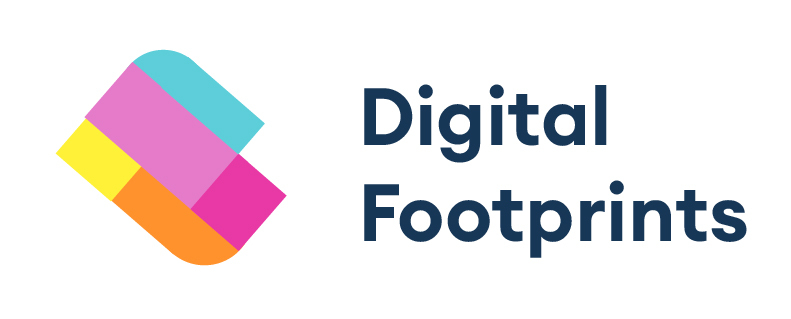The US Super Bowl is the biggest event of the sports calendar and has quickly evolved into the biggest marketing event of the calendar for the same reason. Brands put away a significant chunk of their marketing budget to feature during the Super Bowl and to then create something worthy of Super Bowl marketing. And the results speak for themselves.
The average cost of a 30-second Super Bowl marketing commercial is $7 million US but when there are 113 million people watching, and at its highest count in six years, it’s well worth it.
Due to this, an interesting culture around the Super Bowl has evolved. There is the game, there is the halftime show, and there are the commercials. There is marketing around the marketing. And different discussions around each element. Some come for the teams, some come for the show, some come for the ads, and some come for all three.
But Rihanna, this years’ half time show performer, came out on top as the marketing queen, and she didn’t even have to pay $7 million to feature. In fact, she was paid to be there. How did she do that? By incorporating product placement into her show in genius ways.
Add product placement where it will be seen
This is product placement 101: put the product where it will be seen. But if you go reading about examples of product placement online, you’re going to get a lot of examples that irritated people for being “too obvious”. Think lingering too long on a car logo for too long or a coffee cup where there doesn’t need to be a coffee cup.
So, the point is subtlety, right? A Starbucks cup pointed at the camera during a conversation, an Apple Mac open while studying, a makeover that features a Gucci dress, etc. Well, maybe not. Advertising at the Super Bowl isn’t exactly subtle. Not when there’s think pieces released in the days after about the ads. And someone of Rihanna’s calibre is simply a walking advertisement. Therefore, Rihanna smartly decided to advertise her own brand when arriving at the biggest marketing opportunity of the year.
And it should be noted that Rihanna’s distinctive red outfit also came from her own brand. Luxury labels Loewe and Alaïa, spearheaded by Creative Editor of Loewe Jonathan Anderson, made an outfit that was not only fit for a Super Bowl star, not only fit for a dancer and singer, not only fit for a pregnant woman, but also represents her brand and fashion line. It might have been a practical idea to have a pregnant star wear comfy athleisure and trainers, but we’re also in an age of luxury athleisure and people spending more money on trainers than their cars. It was a good chance to make a few sales, rather than the goal of causing viewers to lust after a red-carpet outfit they could never afford or wear. It also showcased the brand’s love for “deconstructed staples” and streetwear.
Incorporate it in a way that people “aren’t mad about”
It’s a fact that people don’t like feeling like they’re being marketed to. It’s very easy for product placement, in particular, to feel cheap and lessen the experience the viewer is going through. But there are also some good ways to actively incorporate product placement that has people saying, “I’m not mad about that”.
The first is definitely the most famous example of product placement: Wayne’s World. We can still remember the 90’s branding of Doritos thanks to Mike Myers’ very tongue in cheek approach to product placement. He was as absurdly unsubtle about it as possible. The product placement was the joke and the jarring way it was presented was part of the bit.
So, there’s the joke approach, but there’s also plot relevancy. Believe it or not, Rihanna’s halftime show did in fact have a plot. The very pregnant Rihanna was the egg being fertilised by her dancers. This is important to marketing because her dancers white and shapeless outfits were used to convey this idea that was otherwise pretty vague and went right over the heads of a lot of viewers. And who designed their outfits? Savage x Fenty from Rihanna. And, in its own bit of marketing genius, days after the Super Bowl concluded, the dancers are now a meme. So, she’s hit both joke and plot. Other examples of plot relevant product placement would be James Bond’s Aston Martin, and Eleven’s Eggo waffles from Stranger Things.
Rihanna, when it came to individual items, threw subtlety out the window. She didn’t hope you noticed what she was wearing, and instead made her Fenty Beauty “Invismatte” setting and blotting powder into a sassy moment that had her and the product under the spotlight. In a moment between songs, one of Rihanna’s back-up dancers hands her a Fenty powder puff to powder her nose with. It’s a brilliant sassy moment that might even be missed as a piece of product placement because it’s full of attitude. Since Sunday, article after article has come out deconstructing her outfit and makeup, which, of course, is all Fenty Beauty, including her iconic red lip.
So, was all this unsubtle product placement worth it? Well, Fenty Beauty started trending on Google and social media, and searches for Fenty Beauty went up by 833% once the halftime show was over. That’s quite the ROI.
Conclusion
As usual, the internet was talking about the Super Bowl commercials. They’re as much a part of the event as the game and the halftime show, but the conscientious seems to be a shrug. People are saying they barely remembered most of them, they did nothing new or clever, aside from one marketing attempt: Rihanna.


